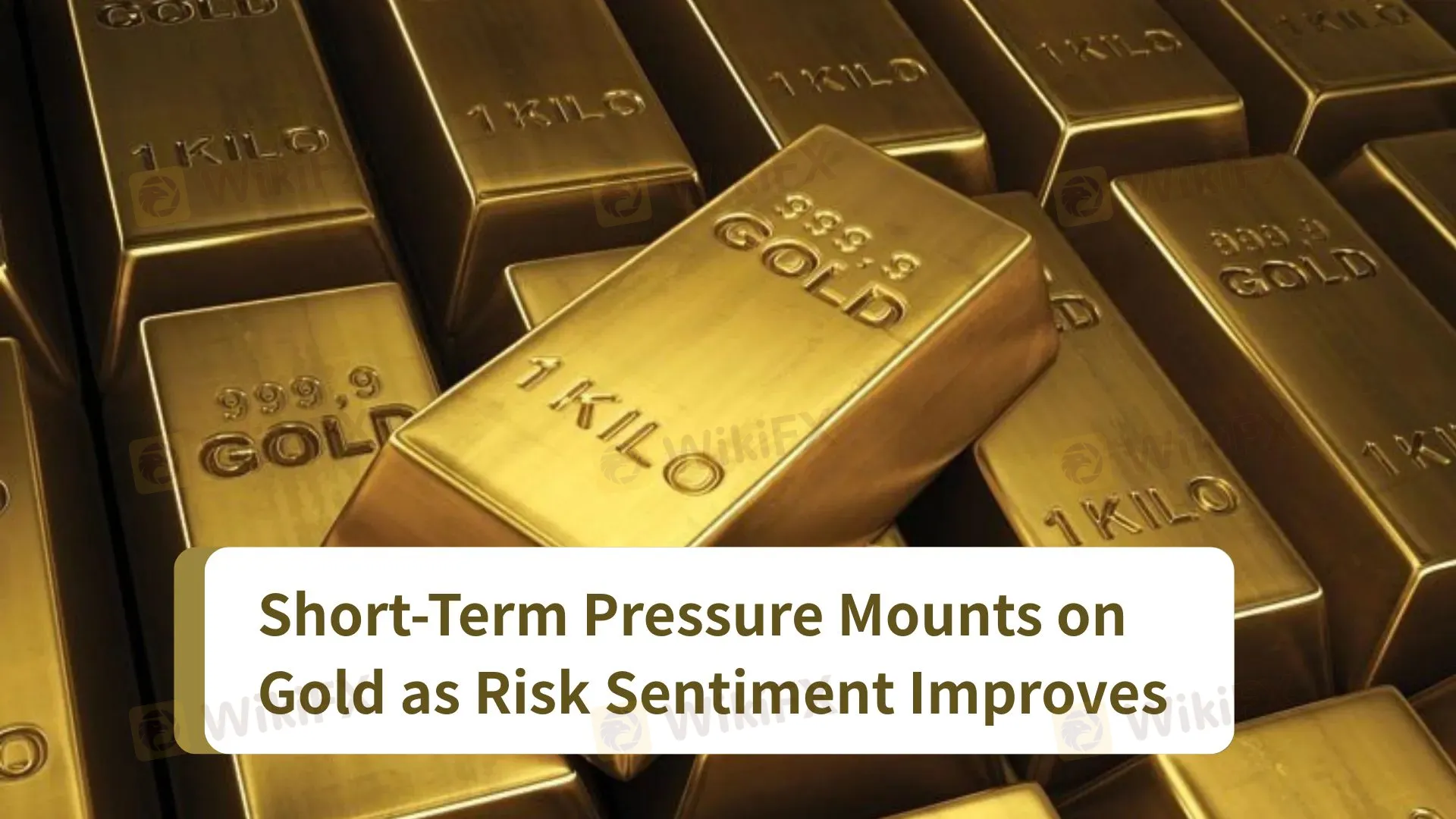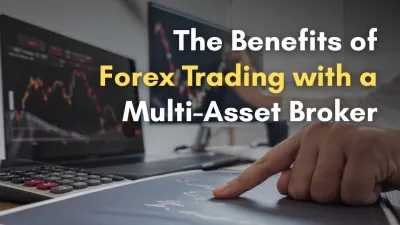Short-Term Pressure Mounts on Gold as Risk Sentiment Improves
Abstract:Despite a stronger dollar and rising equities, gold’s retreat appears to be a temporary correction rather than a trend reversal.

Gold Faces Short-Term Setback, But Long-Term Potential Remains Intact
The price of gold has come under notable pressure recently, sliding more than 3% amid a broad shift in market sentiment. The shift follows a wave of optimism in financial markets triggered by easing trade tensions and a rebound in equities. While the short-term trend for gold appears negative, the underlying factors that supported its historic rally remain largely intact, pointing to continued longer-term potential.
Recent Market Reactions Weigh on Gold
Investor enthusiasm has surged in recent sessions, leading to strong gains in global equities and a firmer U.S. dollar. These conditions typically weigh on traditional safe-haven assets like gold. As investors embraced risk-on sentiment, capital rotated away from defensive assets. Gold, which had been on a remarkable upward trend for months, was not immune to the broader sell-off
The dollar‘s resurgence added further downward pressure. As a dollar-denominated asset, gold becomes less attractive to foreign buyers when the dollar appreciates. With both risk appetite rising and the greenback strengthening, it’s unsurprising that gold prices retreated. Yet this retreat should be seen more as a tactical correction than a reversal of the long-term trend.
Support and Resistance Levels to Watch
From a technical perspective, gold now finds support near the $3,200 level. Should this floor give way, further pullbacks could test the $3,150 or even the $3,000 zones. Still, despite these downside risks, gold has yet to break the broader bullish pattern that has defined its recent price action. Unless a consistent series of lower lows begins to form, the longer-term uptrend remains valid.

On the upside, resistance is gathering in the $3,269–$3,275 area. A sustained move above that could open the path toward $3,360 and $3,400, eventually setting up a retest of the all-time high near $3,500. Such a move would require a fresh wave of demand—possibly from renewed macro uncertainty or a weakening dollar.
Upcoming Data May Shift Momentum
Market participants are now eyeing key economic indicators for clues on golds next move. The upcoming U.S. Consumer Price Index (CPI) report and consumer sentiment readings will provide insight into inflation trends and household confidence. A drop in inflation expectations, especially in light of reduced input costs, could ease upward pressure on gold.
That said, if the economic data disappoints or growth indicators soften, gold may find renewed support. It remains a popular hedge not only against inflation but also against broader uncertainty—be it from financial instability, slowing economic momentum, or asset market volatility.
Longer-Term Fundamentals Remain Supportive
Despite the recent correction, the longer-term outlook for gold remains constructive. Structural demand from central banks, continued diversification away from yield-based assets, and long-term concerns about currency stability all contribute to sustained interest in the yellow metal.
While gold may continue to trade under pressure in the near term as markets digest the latest macro developments, it would be premature to count it out. The environment that enabled gold to surge in recent years—uncertainty, demand for alternative stores of value, and global economic shifts—has not fundamentally changed.
In short, gold may be cooling off for now, but its role in a diversified portfolio remains as relevant as ever.
Read more

Big Changes at Saxo Bank: What Traders and Partners Need to Know
Saxo Bank has announced a wide range of updates to its trading platforms, aimed at making it easier for partners and clients to manage portfolios, understand performance, and handle options trading.

WikiFX Broker Assessment Series | CXM Trading: Is It Trustworthy?
In this article, we will conduct a comprehensive examination of CXM Trading, delving into its key features, fees, safety measures, deposit and withdrawal options, trading platform, and customer service. WikiFX endeavours to provide you with the essential information required to make an informed decision about utilizing this platform.

Trade Nation Expands: New Lisbon Entity Targets EU and Brazil Markets
Trade Nation opens Lisbon entity to gain EU license & tap Brazil's forex market, leveraging CMVM regulation & Portuguese ties.

The Advantages of Trading Forex with a Multi-Asset Broker
Know why forex trading with a multi-asset broker in 2025 offers diversification, low costs, advanced tools, and global market access for smarter, flexible trading.
WikiFX Broker
Latest News
Short-Term Pressure Mounts on Gold as Risk Sentiment Improves
Radiant DAO Proposes Compensation Plan for Wallet Losses
How Will the U.S.-China Trade Deal Affect the Dollar and Global Markets?
BitGo Secures MiCA License, Expands Crypto Services Across the EU
Unlocking Forex Profits: Your Guide to Smart Currency Trading
FBI Calls on AML Bitcoin Scam Victims to File Claims by June 5
Donald Trump prizes more Gulf investment in the US
US Dollar Index Makes a Strong Comeback, Climbs Back to 101.60 Level
Big Changes at Saxo Bank: What Traders and Partners Need to Know
CMC Markets Partners with FYNXT to Enhance Client and Partner Portals
Rate Calc

